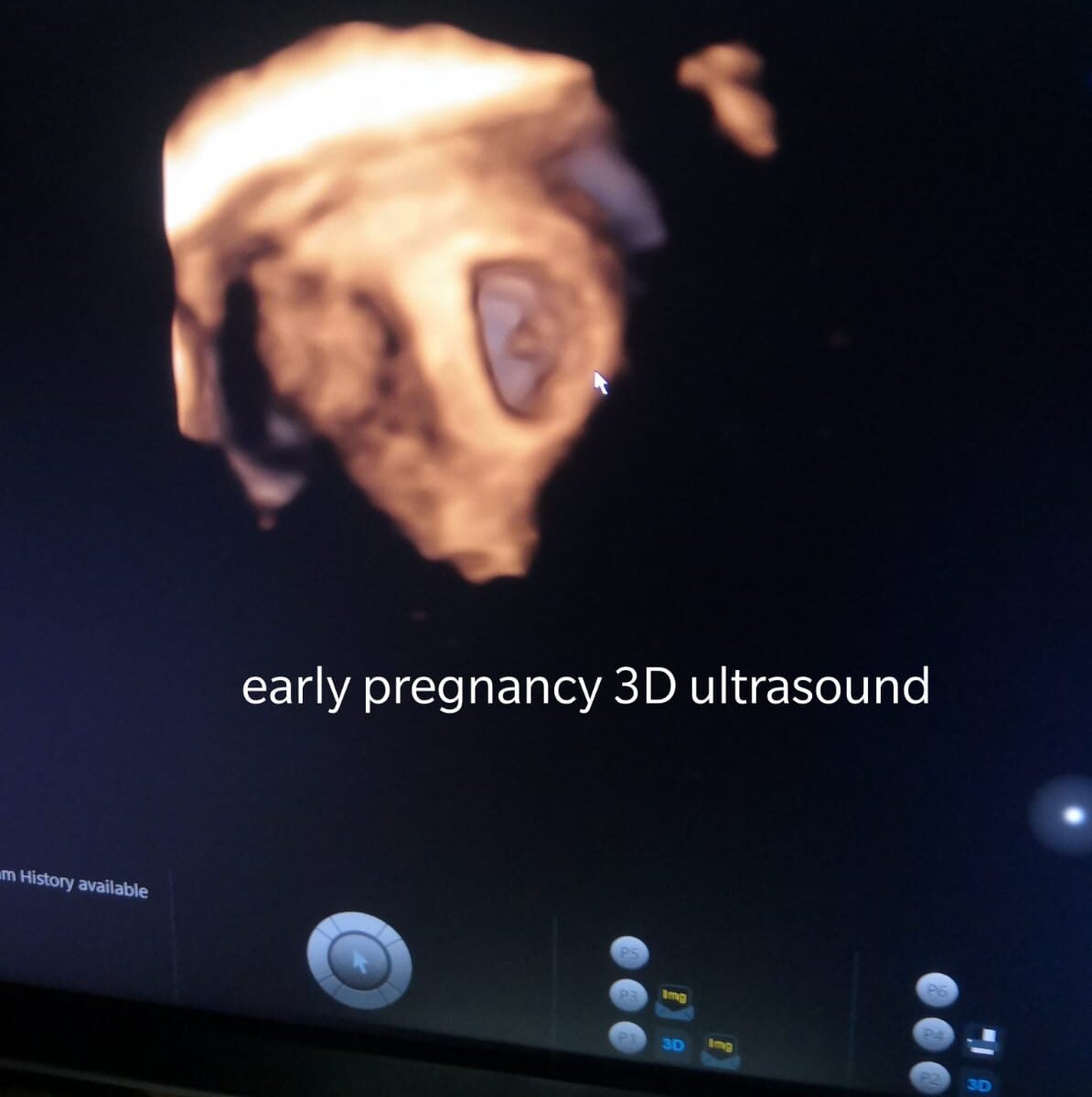What should you know about vaginal bleeding during pregnancy?
Vaginal bleeding or spotting during the first trimester of pregnancy is relatively common. Some amount of light bleeding or spotting during pregnancy occurs in about 20% of pregnancies, and most of these women go on to have a healthy pregnancy.
What is implantation bleeding?
Implantation bleeding is bleeding that occurs when the fertilized egg implants in the lining of the uterus. This happens around the time of the expected menstrual period. Implantation bleeding may occur before a woman realizes she is pregnant. What are the serious causes of vaginal bleeding in the first trimester of pregnancy?
What if I am pregnant and the bleeding severe?
Causes for severe bleeding during pregnancy include miscarriage, threatened miscarriage, and ectopic pregnancy. If you are pregnant and have vaginal bleeding, call 911 and go to the emergency department.
How much bleeding is normal during pregnancy?
Vaginal bleeding during the first three months of pregnancy is relatively common and usually is a cause of concern for the mother. Women wonder how much bleeding during early pregnancy is normal. While early bleeding may indicate the presence of a serious problem, this is frequently not the case. In fact, approximately 20% of pregnant women experience light bleeding or spotting during the first trimester of pregnancy. Most women go on to have uncomplicated pregnancies and ultimately deliver a healthy baby.
Spotting: Spotting usually refers to a few drops of blood that would not cover a pad or panty liner. Bleeding refers to blood flow that is heavy enough to require wearing a pad. If bleeding occurs during the first trimester, wear a panty liner or pad so that you are able to get an idea of the amount of bleeding that is occurring and can tell the health care professional. However, you should not use a tampon in the vagina or douche during pregnancy.
What other problems cause bleeding during early pregnancy (first trimester)?
Changes in the cervix: The normal hormone production during pregnancy can cause changes to the cervix, rendering it softer and more prone to bleeding. In addition, a cervical polyp (a benign overgrowth of tissue) may form, and this may bleed more easily during pregnancy. In both cases, spotting or light bleeding may be provoked following sexual intercourse or a pelvic examination.
Infection: A vaginal infection may cause spontaneous vaginal bleeding during pregnancy. The bleeding may be accompanied by abnormal vaginal discharge.
What causes heavy bleeding during early pregnancy (first trimester)?
Miscarriage
- Bleeding, abdominal pain, and back pain are common signs of miscarriage.
- An exam shows that the cervix is open.
- Tissue may be extruded through the cervix and vagina.
- A miscarriage occurs in an estimated 15% to 20% of pregnancies, usually during the first 12 weeks of gestation.
- A genetic defect confined to the specific embryo in question represents the most common cause of miscarriage.
- Few circumstances exist wherein a miscarriage in progress can be prevented.
Molar pregnancy
- Molar pregnancy, also known as gestational trophoblastic disease or hydatidiform mole, is an abnormality of fertilization that results in the growth of abnormal tissue within the uterus.
- Molar pregnancy is not a typical pregnancy, but the growth within the uterus leads to the typical symptoms of early pregnancy.
- In a complete hydatiform mole, there is only abnormal tissue in the uterus (and no fetus).
- In a so-called partial mole, there is abnormal tissue growth along with the presence of a fetus with severe birth defects.
- The fetus is typically consumed by the abnormal growth of tissue in the uterus, and a molar pregnancy cannot result in a normal fetus or delivery.
- Vaginal spotting or bleeding can be a symptom of molar pregnancy.
- A sonogram or ultrasound is used to diagnose a molar pregnancy.
Ectopic pregnancy
- Mild vaginal bleeding and increasing abdominal pain may indicate the presence of an ectopic pregnancy.
- An ectopic pregnancy occurs in approximately 1 out of 60 pregnancies.
- An ectopic pregnancy occurs when the fertilized egg implants outside of the uterus, where the blood supply is inadequate to sustain the growth of a normal pregnancy.
- In the majority of cases of ectopic pregnancy, the embryo is located within one of the Fallopian tubes; this sometimes is referred to as a tubal pregnancy. As the pregnancy grows and the tube distends, abdominal pain becomes increasingly severe.
- Sometimes these pregnancies can actually rupture the Fallopian tube, leading to significant blood loss.
- In some cases, a blood transfusion and emergency surgery are needed for prompt resolution of this potentially life-threatening condition.
Threatened miscarriage
- If a woman is bleeding during the first trimester of pregnancy, the possibility of a miscarriage must be ruled out.
- Symptoms of a threatened miscarriage are bleeding and mild cramping, but the cervix stays closed and the fetus is still viable.
- In many women, the bleeding stops and the pregnancy continues. For others, the bleeding continues, and they eventually have a miscarriage (i.e. spontaneous pregnancy loss).
Subchorionic hemorrhage
- In this condition, blood collects between the gestational sac and the wall of the uterus.
- At times, the intrauterine clot can be seen on ultrasound examination.
- The body frequently reabsorbs these blood clots; however, occasionally there may be passage of old dark blood or even small clots from the vagina.
Dr. Ruchi Tandon is a Gynecologist practicing in leading hospitals in South Delhi, with over 14 years’ experience in handling all kinds of bleeding during pregnancy. She specializes in high risk pregnancy management and handling.
